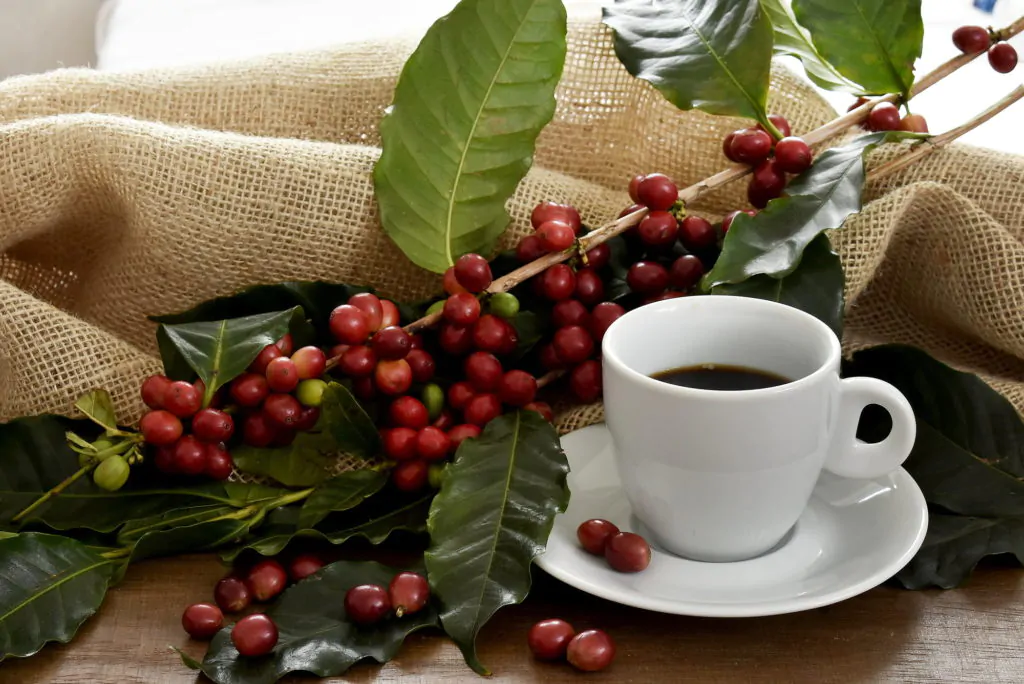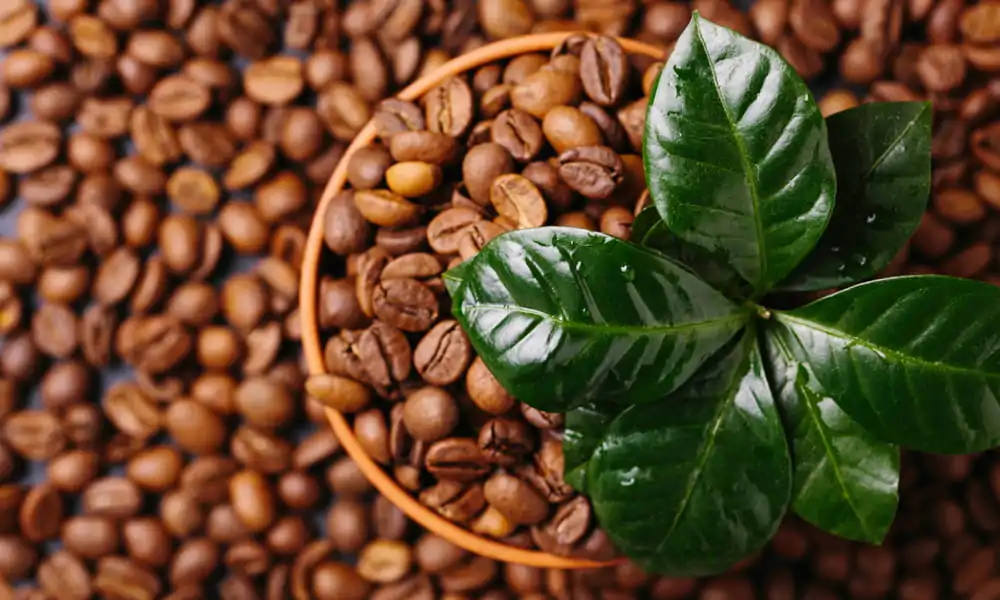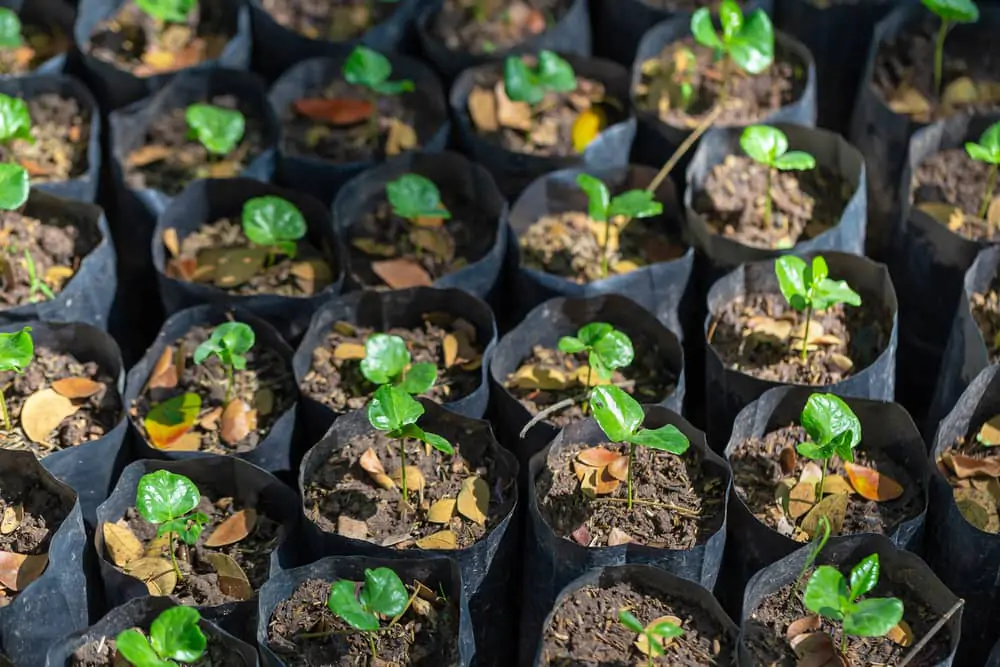Ever wonder what is Pacamaracoffee? This article explains what this coffee is and what sets it apart from other coffees around the world.

Did you know that there are different varietals of coffee and that the different coffee trees have ties to regions? While only two of the four main species of coffee trees are common on the market, there are several different strains of coffee beans within each species.
Pacamara coffee is a varietal coffee that crossed two existing types of Arabica beans: Pacas and Maragogype. First produced in 1958 in El Salvador, this coffee is getting new attention for its unique flavor and attributes. Read on to gain more knowledge about this impressive coffee varietal.
Coffee Varietals: Beyond Arabica and Robusta

While there are four main species of the coffee family, the two that get the most attention are Arabica and robusta. Arabica makes up the majority of coffee sold in stores and by coffee producers globally. However, robusta beans are popular in parts of Asia and are gaining more popularity in other countries.
Taking things a step deeper, coffee plants of the same species come in different varieties, distinguished from each other by particular traits like the size of the plant, the color of the fruit, yield, and other aspects. Coffee varietals are often tied to the places they develop in, just like how certain types of wine grapes have regional ties. Each coffee-growing region tends to have specific varietals that have developed over time and are suited to the environment and climate of the region.
Pacamara coffee results from natural selection and scientific breeding, and the resulting bean is very distinctive. While the cross-breed that produced Pacamara coffee first came about in 1958, it took decades of work and plant breeding to ensure that subsequent generations would keep the genetics and thus become commercially viable.
Now, forty years after the initial full release of Pacamara coffee, it’s getting new attention due to adventurous coffee drinkers always looking for new, intriguing flavors.
What Is Pacamara Coffee And What Makes It Different?

From the perspective of growing coffee, Pacamara is a fascinating phenomenon. The two plants that first crossed to produce Pacamara have distinct differences: Pacas plants are a “dwarf” variety, meaning they’re smaller and compact, while Maragogype plants are taller trees, which produce larger seeds but a smaller number of them.
Thus, the Pacamara represents a win-win for farmers: the smaller trees can be planted closer together, and the larger beans combined with higher yields from the Pacas genetics make for a lot more coffee.
But most coffee drinkers aren’t interested in the economics of yield and the efficiency of planting more trees per acre compared to other coffee plants. So how is Pacamara coffee different from other coffees for drinking purposes?
Pacamara coffee has a unique and distinct flavor profile: more deeply fruity than many Latin American coffees. It features floral notes like jasmine and complex fruit flavors like citrus and berries. The texture of the coffee also gets top marks: Pacamara produces a rich, creamy coffee with a full body to go with its complex flavor.
The beans typically take light to medium roast to make the most of the complex acidity that is another hallmark of the varietal. As a result, they aren’t necessarily the best beans to make cold brew with; after all, the acidity is part of what makes them special, and cold brew eliminates that. But for French press, drip brewing, and many other brewing methods, Pacamara coffee beans are a delightful change from the usual.
